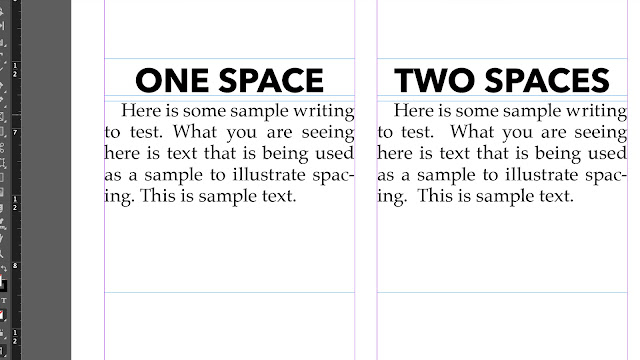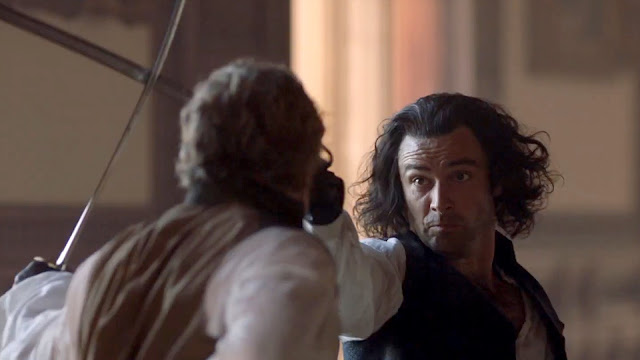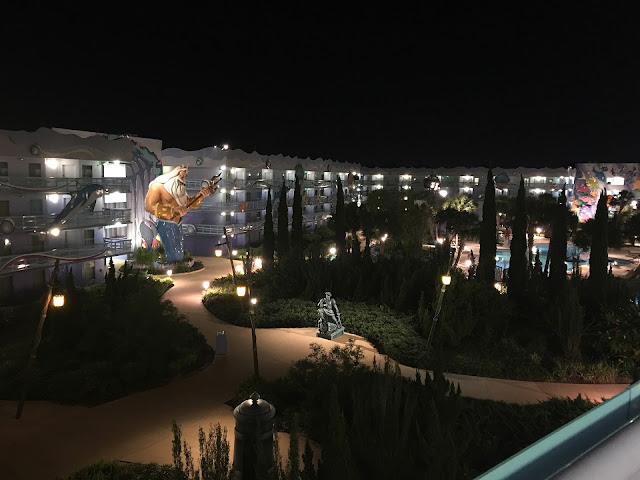“We just got attacked by The Goonies from hell.” — Tyler Rake in “Extraction”
It seems like a lot of “movie snobs” on the internet take delight in criticizing Netflix’s slate of original movies.
I understand it, but I don’t necessarily think its fair.
The theatrical box office the past few years has been elevated by Disney pumping out a steady stream of Marvel and Star Wars movies. In particular, the release of multiple Marvel movies annually (each film typically generates gross revenues around $1 billion globally) are the proverbial poles holding up the tent.
I tend to view those Marvel movies — and their intertwined nature through 20-plus films — as having more in common with serialized TV series than typical blockbusters of the last 50 years.
If you take Marvel movies out of the conversation, then a number of recent Netflix films feel like box office tentpoles from the early ‘00s.
In particular, a movie like the Ryan Reynolds thriller “6 Underground” just “feels” like things I've watched in a theater.
(Note: I’m not saying that watching on a 50-inch 4K UHD LED TV is the same “experience” as going to a theater. I’m just looking at it strictly from a content point of view).
Netflix’s new Chris Hemsworth movie “Extraction” recalls the macho-action movies that were a staple of ‘80s and ‘90s cinema.
In addition to A-list star Hemsworth, Anthony and Joe Russo (the brothers who have shepherded recent Marvel Studios hits like “Captain America: The Winter Soldier” and “Avengers: Endgame”) crafted the screenplay and handled production duties.
Hemsworth plays mercenary — and former Australian Special Air Service soldier — Tyler Rake. He is a troubled warrior who can’t let go of demons from his past (de rigueur for heroes in this genre).
Rake is hired to rescue a teen named Ovi (Rudhraksh Jaiswal) — the son of India’s biggest drug kingpin — when he is kidnapped by a rival drug lord who operates in Dhaka, Bangladesh.
(Why is it that Hollywood movies always apply an orange/yellow filter on any footage that is supposed to be in a Third World country?)
Our hero soon finds himself dealing with more than he bargained for as the extraction attempt goes awry. As a result, Rake and Ovi find themselves fighting to survive — and escape from — nefarious henchmen and corrupt law enforcement officers in Bangladesh.
Having reviewed dozens of movies on this blog, it is nice to be able to write about something with a straightforward plot. “Extraction” has a no-frills storyline that hearkens back to classic movies like Schwarzenegger’s “Commando” (1985) and Stallone’s “Rambo: First Blood Part II” (1985).
The film is directed by Sam Hargrave, a stuntman who served as the stunt coordinator on movies in the Marvel Cinematic Universe (he has also had bit parts in films, including the character Gaetan in “Extraction”).
The action scenes are beautifully choreographed in “Extraction.” While they aren’t as artistic as the “gun fu” ballets seen in the “John Wick” franchise, they definitely owe a debt to those highly-entertaining stunt pieces.
“Extraction” features a 10-plus minute sequence that was designed to look like it was shot in a single take.
The scene (which Hargrave refers to as a “Oner”) is broken down by the director in a featurette from the The New York Times:
Netflix also has a feature called “Making of the Oner” that looks into the sequence on its YouTube channel:
The entire sequence has car chases, gun fights, fist fights, knife fights, explosions, and a lot of carnage. If you are an action movie aficionado, I’ll think you’ll really enjoy the care put into the stunts in “Extraction.” (I mean, the director strapped himself with a camera into the front of chase vehicles, for crying out loud!)
“Extraction” will never be confused for high art. That’s not the point. It is just a fun action movie that knows what it is, and tries to be nothing more than that.
There are also some nice supporting players in the movie, including Golshifteh Farahani (who plays female mercenary Nik Khan) and David Harbour (who plays Gaspar, a former teammate of Tyler Rake).
At the beginning of this post, I was talking about whether Netflix’s original movies stack up with the content you see in theaters.
Last year saw the theatrical release of the action film “Rambo: Last Blood” — the fifth in Sylvester Stallone’s “Rambo” franchise. (“First Blood” was based on the 1972 novel by David Morrell.)
In a general sense, “Extraction” and “Rambo: Last Blood” are similar movies in terms of tone, style, and plot elements. Yet “Extraction” is the better movie in nearly every aspect — and it didn’t cost $15 per ticket to watch at the local multiplex.
If you look at the moves Netflix’s Chief Content Officer Ted Sarandos is making, you’ll see more of these big budget “popcorn movies” in the pipeline.
One of the high-profile examples is the upcoming “Red Notice,” an action thriller starring Dwayne Johnson, Gal Gadot, and Ryan Reynolds (directed by “Skyscraper’s” Marshall Rawson Thurber) about INTERPOL’s hunt for the world’s most wanted art thief.
I know the subscription model still doesn’t make sense to a lot of film pundits. Sometimes people get “stars in their eyes” when they read stories about gargantuan box office totals for high-profile cinematic releases.
Some will say, “What’s the point of spending $150 million on a movie to show to millions of subscribers you already have? How do you make money on that?”
The fact is that Netflix — which charges around $13 per month for its most popular plan — is trying to make $156 per year on each subscriber. If you look at their content strategy, it appears they are attempting to bombard users with so much new content each month that they’ll stay subscribed for fear of missing out (FOMO).
The typical movie-goer sees somewhere between three (3) and six (6) movies each year (several years ago, I heard the number was “three” from a person I know who works in the theater business).
When studios release a film theatrically, the proceeds are shared between the studio and the exhibitors (the fee scale depends on the film, the studio, and how long the title has been playing). In addition, there are marketing costs to consider with a theatrical film.
A streaming service has the ability to realize revenue on their own original films long after the expense has been recouped — if the content is good. Entities like Netflix burn money with the hope that eventually they will build an appealing catalog for viewers.
The question is whether those titles will ever be esteemed the way Disney’s theatrical catalog has become. Only time will tell.
Movies like “Extraction” seem like a step in the right direction.
“Extraction” is elevated above typical “direct-to-consumer” fare by its terrific action sequences and set pieces. The movie is far from perfect, but it is an entertaining diversion.











































